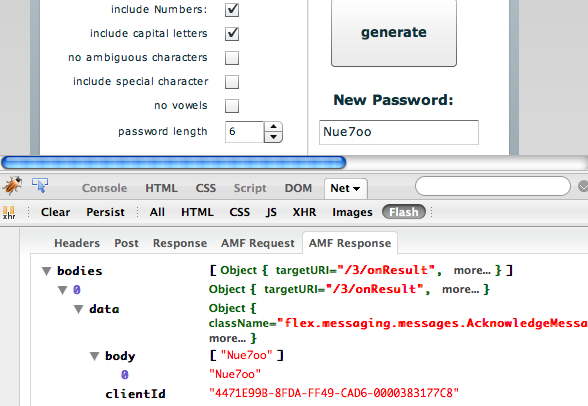free web based linux server performance monitoring
I have been looking for some tools that can create nice looking graphical reports of my server performance over time.
There quite a few useful command line utilities available such as sar, iostats, top, etc
But today I finally found what I was looking for.
The program is called Munin and here is a nice article on how to set it up on a Debian system:
http://www.howtoforge.com/server-monitoring-with-munin-and-monit-on-debian-lenny


